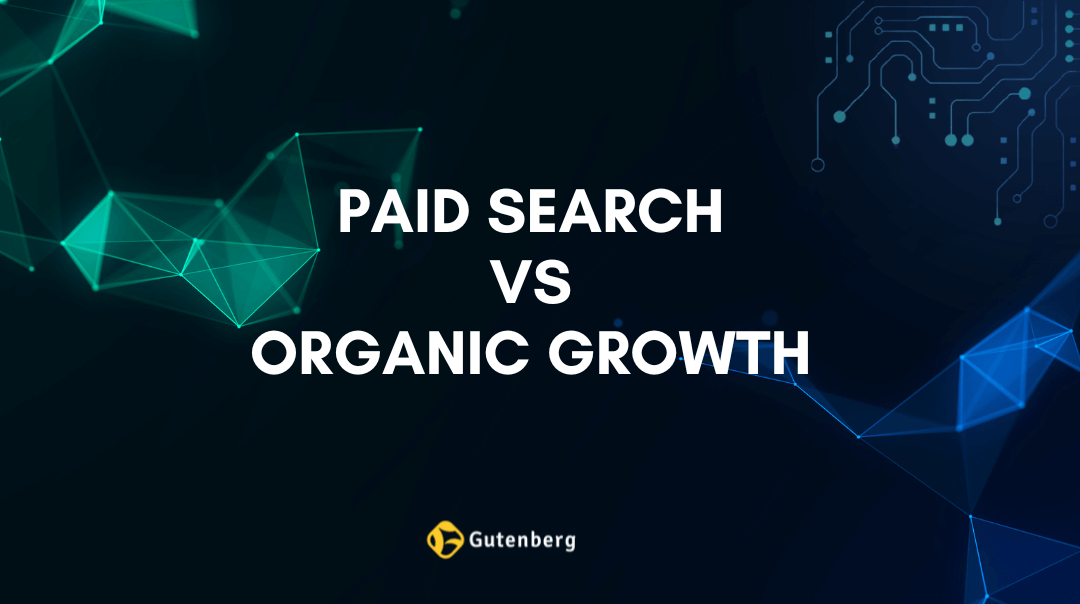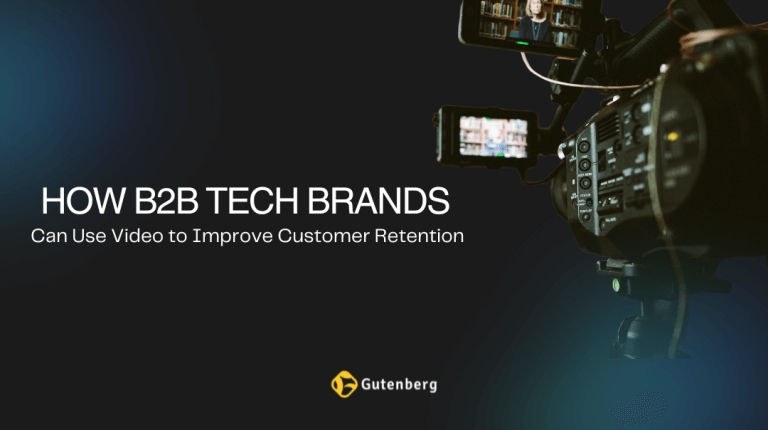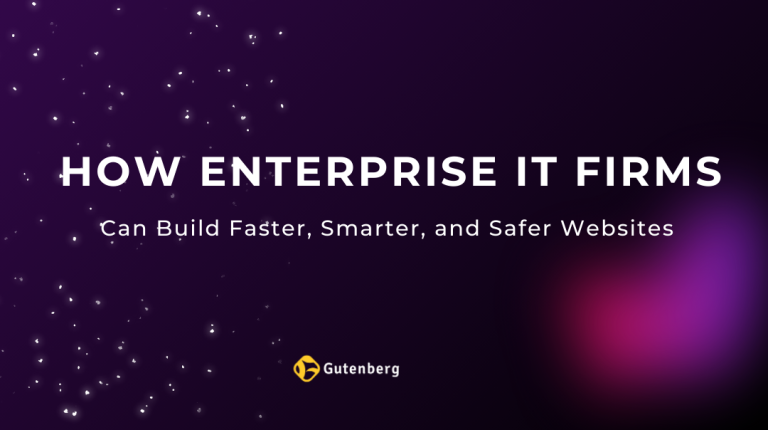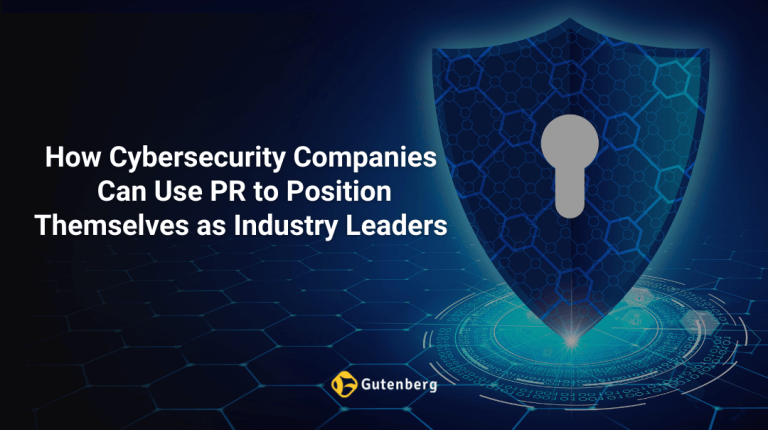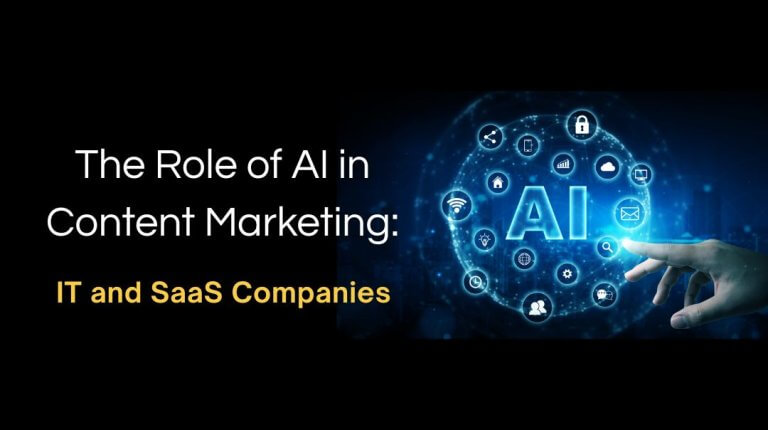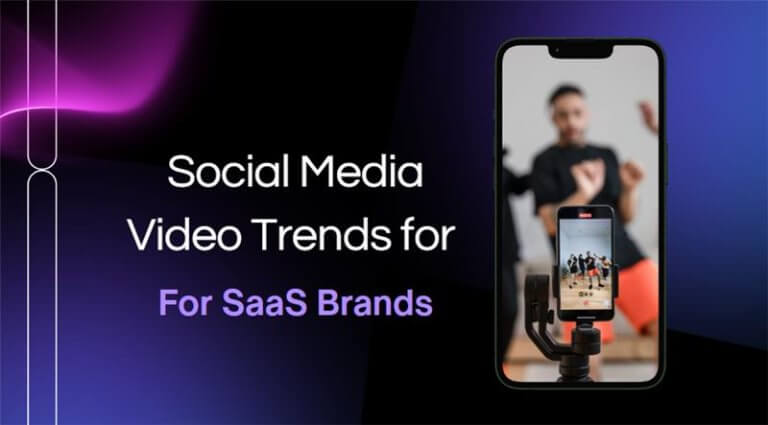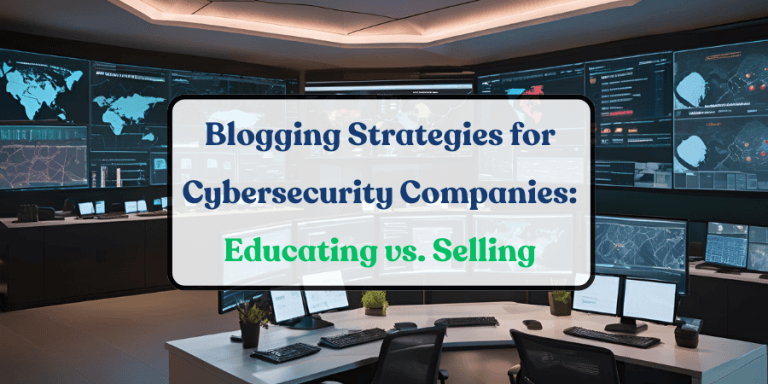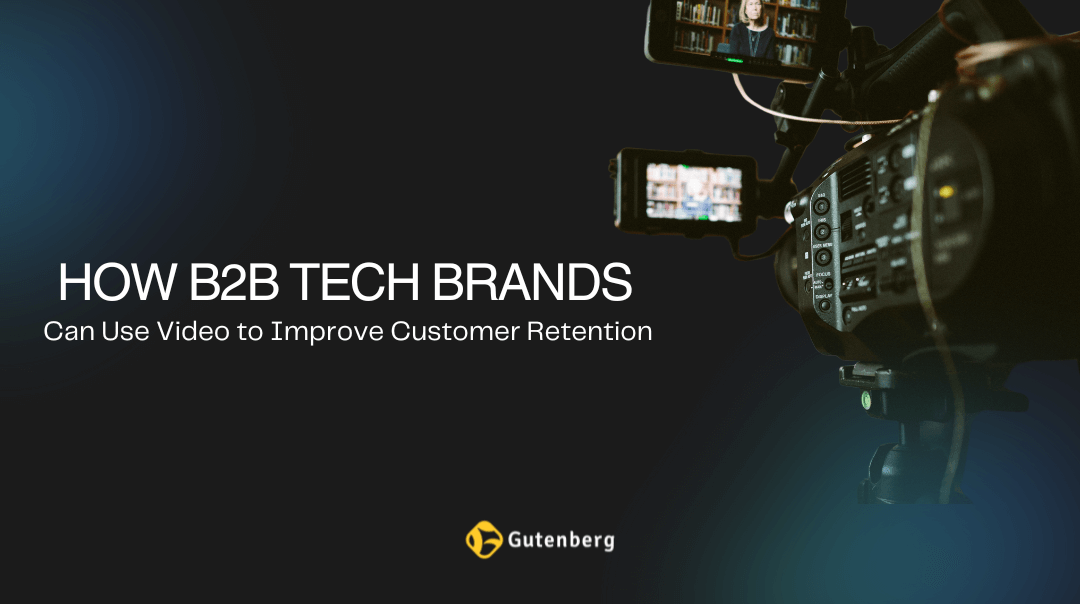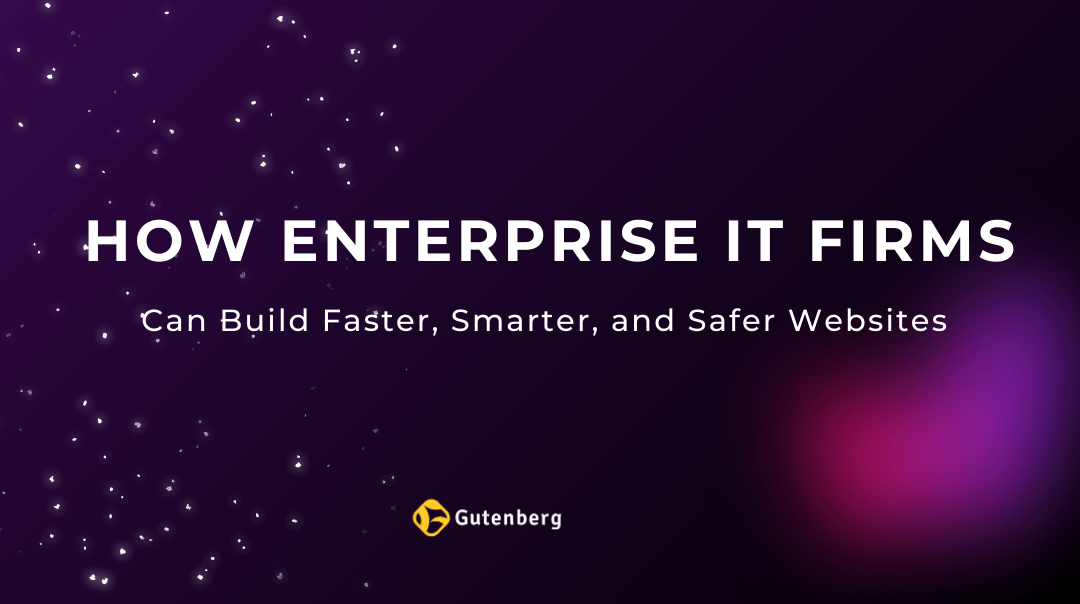Paid Search vs. Organic Growth for IT Firms: Which One Fuels Better Leads?
In the IT services space, growth is rarely linear, and companies are either trying to get seen, stay seen, or keep the leads warm. Today, the two most common ways to achieve that are Paid Search (like Google Ads for IT services) and Organic Growth (primarily SEO). But figuring out which one brings better results for your business is not just a marketing question—it is a business decision.
Both approaches come with clear advantages, trade-offs, and costs. Paid Search gives you visibility almost instantly. Organic Growth, usually driven by SEO, builds momentum over time. But which one delivers more qualified leads for IT firms? Which one is more sustainable? Most importantly, which one aligns best with how your business operates?
This blog breaks down the real-world performance of PPC for IT firms vs. SEO. We will look at how PPC campaigns and SEO behave differently when applied to IT marketing, what the data says about visibility, conversions, and cost, and when it makes sense to go with Google Ads versus letting SEO take over.
The Payoff: Speed vs. Sustainability
Paid Search delivers results quickly. Platforms like Google Ads allow you to test messages, target specific locations, and run keyword experiments within hours. It is particularly useful when launching a new service or running time-sensitive campaigns. However, the downside is that once you stop paying for ads, the traffic typically drops off just as fast.
On the other hand, Organic Growth, typically fueled by SEO for IT marketing, takes time. It often takes three to six months to see consistent results from SEO efforts, but the long-term benefits can be significant. According to a report, leads from SEO have a 14.6 percent close rate, compared to only 1.7 percent for outbound methods. Once your content ranks well, it keeps bringing in relevant visitors around the clock without ongoing spend.
Cost Breakdown: What Are You Really Paying For?
Paid Search can get expensive. The average cost per click (CPC) for the Information Technology & Services sector on Google Ads is $1.28. If your campaign is not tightly managed, costs can spiral quickly.
SEO requires an upfront and ongoing investment as well. According to a survey, it was found that small to mid-sized businesses typically spend between $1,000 and $5,000 per month on SEO services. However, the content and rankings developed through that investment continue to generate traffic without additional ad spend, making it cost-effective over time. It is not just about the money—it is about how long the results last.
Lead Quality: Are You Attracting the Right People?
Not all traffic is valuable to your business. Paid Search campaigns can sometimes result in a high number of clicks that do not convert, especially if targeting is too broad or landing pages are not optimized. That is why it is critical to manage ad campaigns carefully, with strong negative keyword strategies and relevant landing experiences.
SEO tends to attract more qualified visitors by default. People who discover your IT services through organic search are usually further along in their decision-making journey. Organic search results receive most clicks on Google—94% of clicks go to organic results versus only 6% to paid ads. This makes SEO an especially strong play for IT firms that want to focus on lead quality over volume.
When to Use One Over the Other
There is no universal rule, but there are clear scenarios where one approach makes more sense than the other.
Use Paid Search when:
- Launching a new IT service: You need fast visibility to introduce your offering.
- Quick brand visibility: You want immediate exposure to your target audience.
- Testing new messaging or markets: You want real-time feedback on positioning.
- Running a time-bound campaign: You have a short window to drive engagement.
Use Organic Growth when:
- Focused on long-term inbound lead generation: You aim to build sustainable traffic and leads.
- Sales cycle is research-heavy: Your buyers need time and content to make decisions.
- Building brand credibility: You want to be seen as an authority in your field.
- Have resources to maintain SEO: You can consistently publish and optimize content.
So, Which One Works Best?
The better question is: which one works better for your stage of growth, timeline, and internal capacity?
For IT firms that are just getting started or introducing a new service, PPC for IT firms acts as a fast-track to visibility. It helps get your name in front of potential buyers immediately and can provide quick feedback on what resonates.
But relying on paid visibility is risky. The moment you reduce your ad spend, your pipeline may slow down.
Organic Growth, while slower, provides something Paid Search cannot—compounding visibility. Over time, the content you publish, optimize, and rank starts attracting high-intent visitors without additional cost per click. This means lower customer acquisition costs in the long run and stronger brand recall.
The smartest approach is to use Paid Search to gain momentum and let Organic Growth gradually reduce your dependency on ads. Paid gets you in the room. Organic helps you stay there.
How Gutenberg Helps IT Firms Find the Right Balance
At Gutenberg, we do not default to Paid or Organic. We look at your growth goals and sales cycles.
For IT firms, that usually means building a short-term Paid Search campaign to generate leads while laying the foundation for long-term Organic Growth. Our team helps:
- Define lead generation strategies: Align marketing with your services and sales process.
- Build SEO-focused content calendars: Create content tailored to IT decision-makers.
- Set up targeted Google Ads campaigns: Launch structured campaigns with measurable goals.
- Track and refine performance: Optimize for the highest return on investment.
The objective is not to drive traffic for the sake of it. It is to build traction that supports your sales pipeline and business growth over time.
Final Thoughts: Do Not Choose. Align.
The truth is: Paid Search and Organic Growth aren’t enemies—they’re allies. They each play different roles in growing your IT business.
If your IT firm is struggling with inconsistent lead flow, high ad costs, or low visibility, it may be time to stop treating SEO and PPC as separate silos. They work better together, when they are aligned around your actual business goals.
Let Gutenberg help you stop guessing and start building a marketing system that actually fits how your IT business runs.

